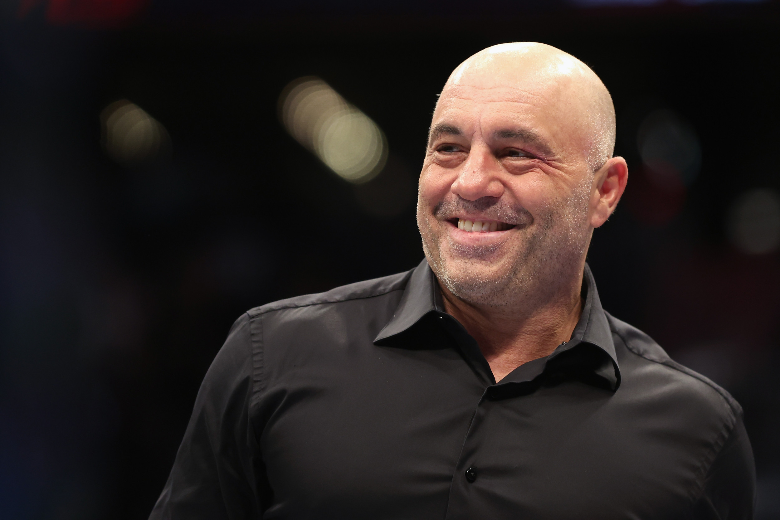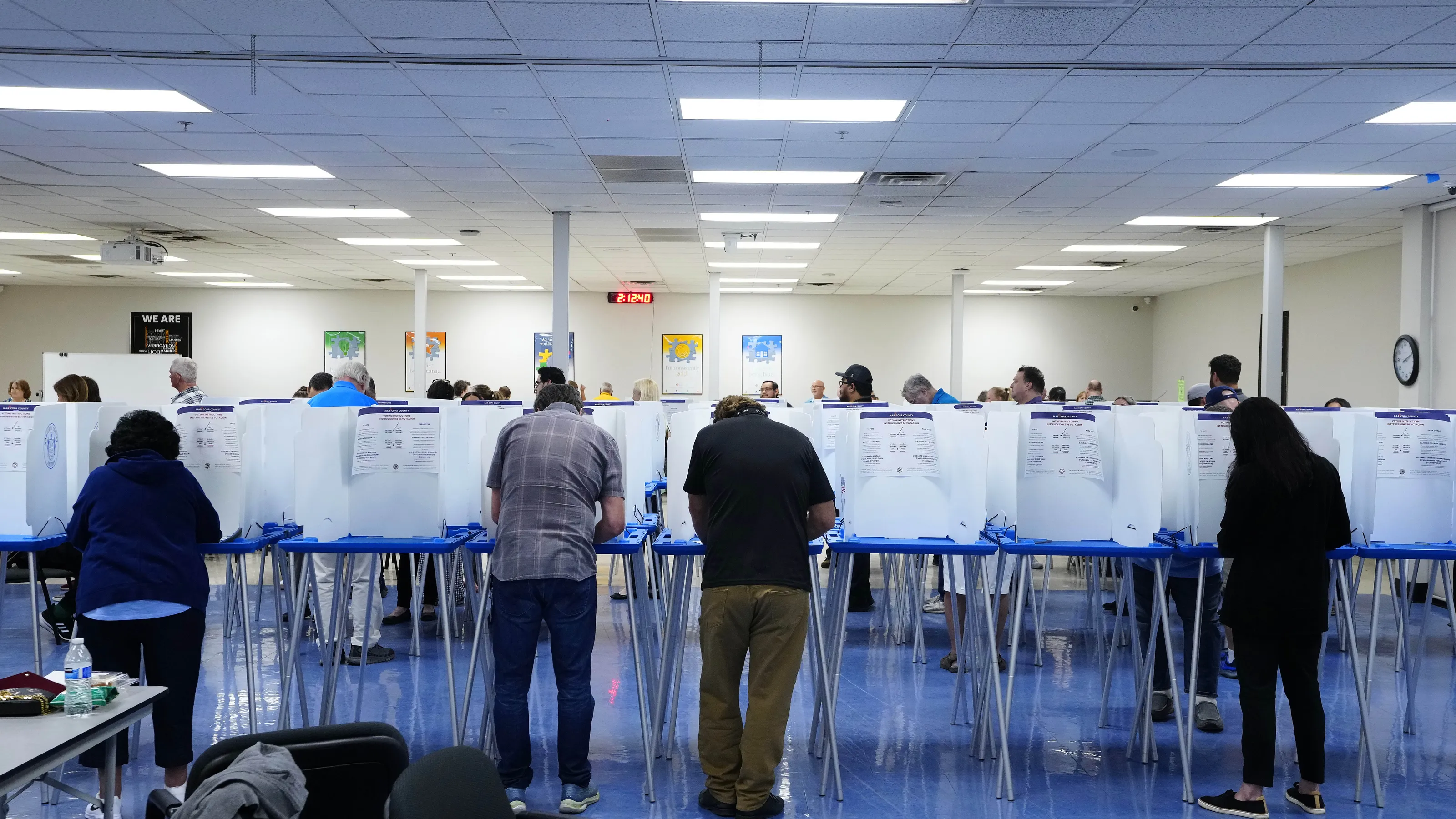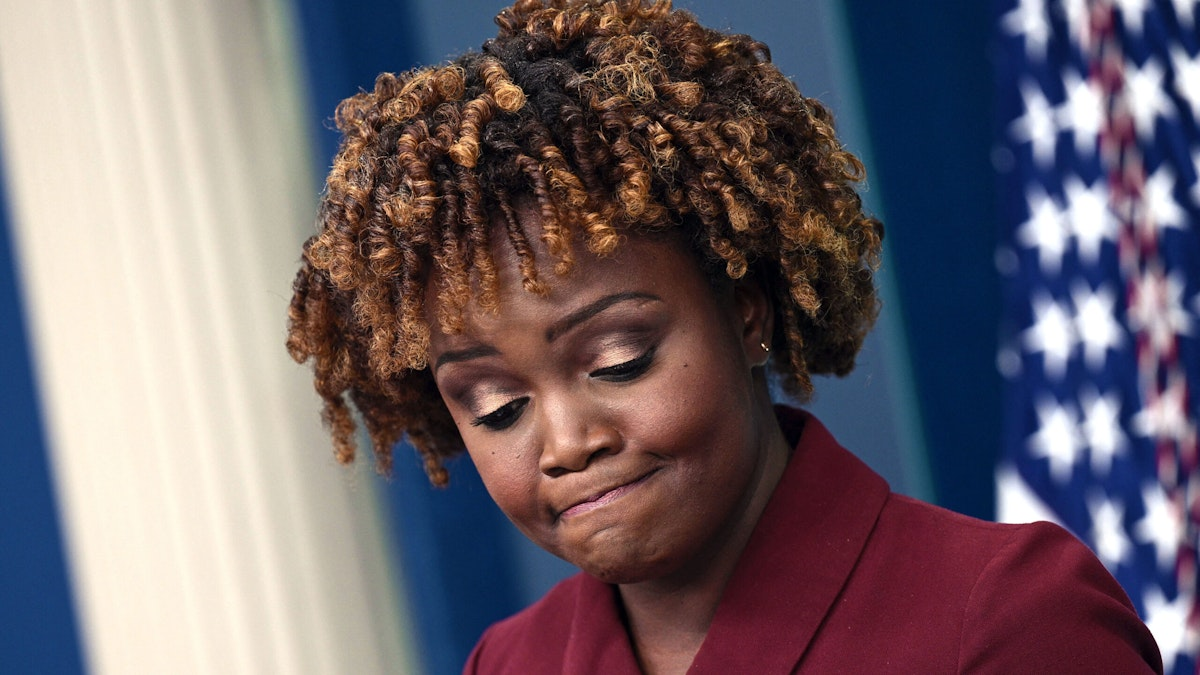Joe Rogan, the popular podcaster, comedian, and UFC color commentator, made headlines Friday with his first-ever interview with GOP presidential nominee Donald Trump. The much-anticipated episode of The Joe Rogan Experience quickly gained traction, amassing over 33 million views on YouTube and an additional four million on X (formerly Twitter). Reflecting on the episode in his latest podcast, Rogan shared behind-the-scenes insights and his impressions of the former president, noting Trump’s remarkable energy, authenticity, and ability to stay on point for an extended conversation.
Rogan’s interview with Trump lasted three hours, a duration that impressed both Rogan and his listeners. During a Saturday discussion with podcast regulars Eddie Bravo, Brendan Schaub, and Bryan Callen, Rogan marveled at Trump’s stamina and focus. “This is what’s crazy,” he explained. “The podcast was three hours long. The guy didn’t pee before the podcast. He didn’t pee after the podcast. He just left. He didn’t drink anything during the podcast. He just sat here, and we talked… We did three hours!” For Rogan, Trump’s ability to remain fully engaged without breaking for water or a bathroom break was notable—especially considering Trump later headed straight to a campaign rally in Traverse City, Michigan.
Rogan’s recount of the conversation highlighted how Trump managed to hold the audience’s attention while effortlessly navigating various topics, often with humor. As the host recalled, Trump was “authentic” and surprisingly funny throughout the discussion. His energy and conversational style, Rogan suggested, might even give him an edge in engaging voters, especially as the campaign season heats up.
When Rogan’s co-hosts asked him if he’d felt nervous or pressured to interview Trump, he described himself as “hyped up” rather than anxious. “I was definitely hyped up,” he said, explaining that the energy came from excitement rather than pressure. “I was excited because there was a lot of questions I needed to answer.” Rogan clarified that he didn’t feel the need to perform in any specific way; instead, he prepared thoroughly for the conversation and was ready to dive deep into the topics.
One of Rogan’s key observations about Trump was his conversational style, which he described as unique and multi-layered. Trump, he explained, has a tendency to begin answering a question directly but then veer off into unexpected tangents. “He’s real good at it—you ask him a question, and he starts to answer it, but then he takes you on a totally different route… But you’ve got to bring him back in, and you’ve got to be respectful,” Rogan explained. This approach to conversation, Rogan suggested, gives Trump a distinctive ability to engage his audience and build a narrative, often circling back to his main point after exploring related ideas.
In addition to discussing Trump’s style, Rogan mentioned his approach to keeping the interview focused without cutting off Trump’s stories. This balancing act allowed Rogan to dig deeper into Trump’s views while respecting his free-flowing style, creating an authentic and engaging conversation that resonated with viewers.
As Rogan reflected on Trump’s unique speaking style, he compared it to that of other public figures. He speculated that Vice President Kamala Harris, for example, would struggle to sustain a similar conversation without the help of a teleprompter or an aide. Rogan’s comment implied that Trump’s ability to speak extemporaneously sets him apart from many other politicians, who often rely heavily on scripted answers and talking points. Harris, he suggested, would likely find it difficult to engage in a candid, three-hour conversation without additional support.
The episode, which quickly became one of Rogan’s most-viewed podcasts, featured Trump speaking candidly on a range of topics. Rogan’s impressions of Trump aligned with the image the former president often promotes: a leader who speaks his mind and remains unfazed by traditional political pressures. For Rogan, this level of openness and stamina seemed refreshing, especially in a landscape where interviews are often limited to short sound bites.
Beyond the interview itself, Rogan’s follow-up reflections gave his audience a glimpse into his preparation process and mindset heading into such a high-profile conversation. While he didn’t reveal specific questions, he implied that he’d spent time developing a range of topics he was interested in covering, allowing for a smooth, three-hour flow. Rogan’s reflections also hinted at his general philosophy for interviewing major figures, which seems to center on open-ended conversation and a respect for his guest’s individual style.
Joe Rogan Gives His Thoughts on How the Podcast Went With President Trump
"He's got this ability to just keep going. This is what's crazy. The podcast was three hours long. The guy didn't pee before the podcast. He didn't pee after the podcast…He didn't drink anything during… pic.twitter.com/WZdoiFI833
— Chief Nerd (@TheChiefNerd) October 27, 2024
Ultimately, the Trump interview offered Rogan’s listeners an extended, unfiltered look at the former president, while Rogan’s reflections added additional context and insights. The interaction highlighted the distinct advantages that long-form podcasts have in providing depth, something Rogan’s audience has come to appreciate in contrast to the sound-bite-driven approach typical in traditional media. For Rogan, the takeaway was clear: Trump’s authenticity, stamina, and humor resonated with the audience, making the episode a must-watch for anyone interested in the upcoming election.
As Election Day approaches, both Trump and Rogan’s followers are likely to keep revisiting the episode, which could prove influential in shaping voter perceptions.


